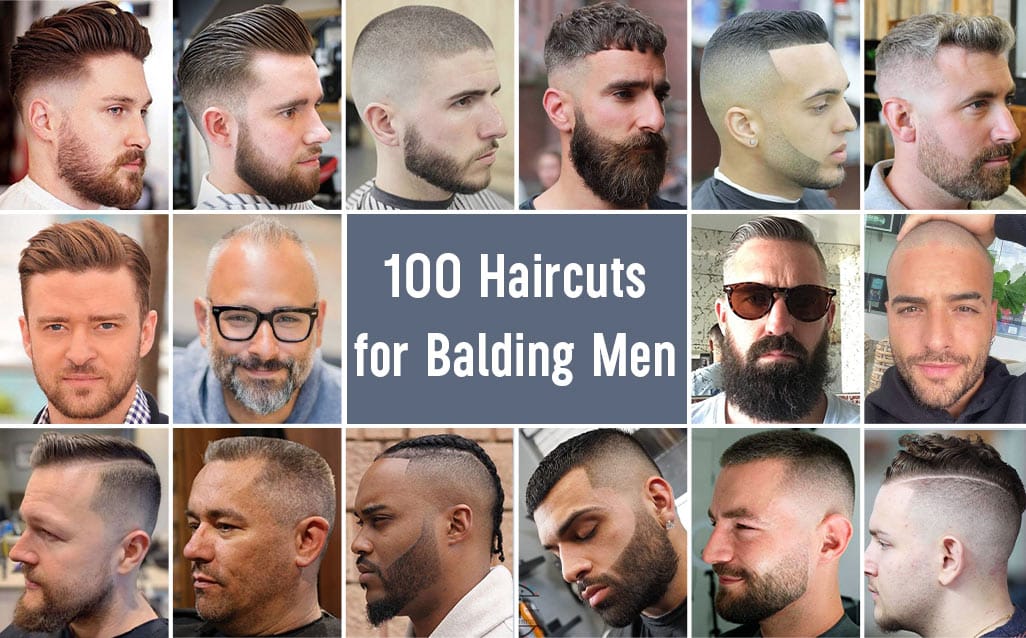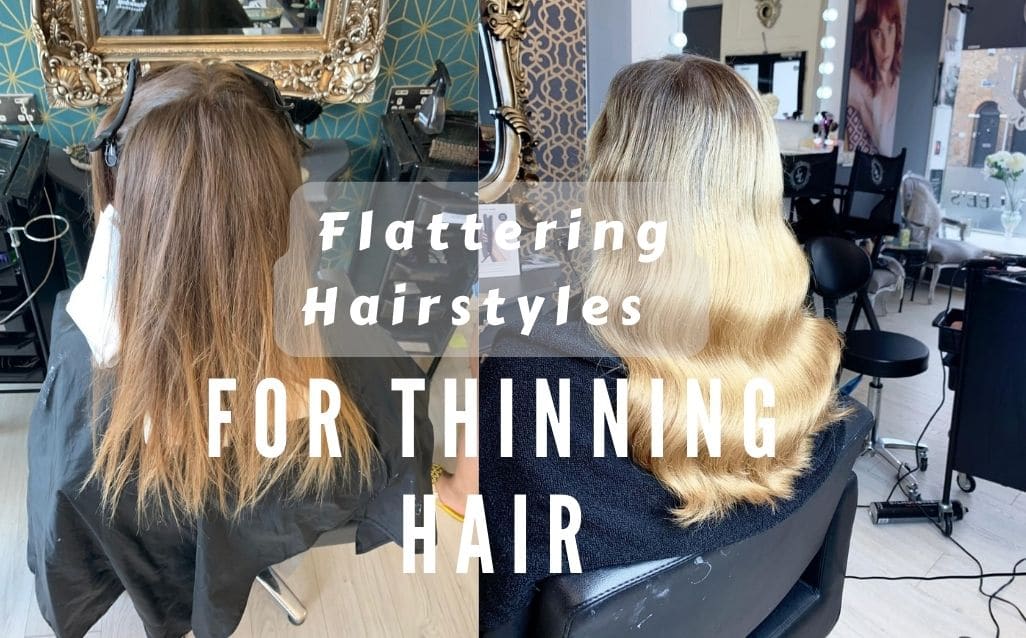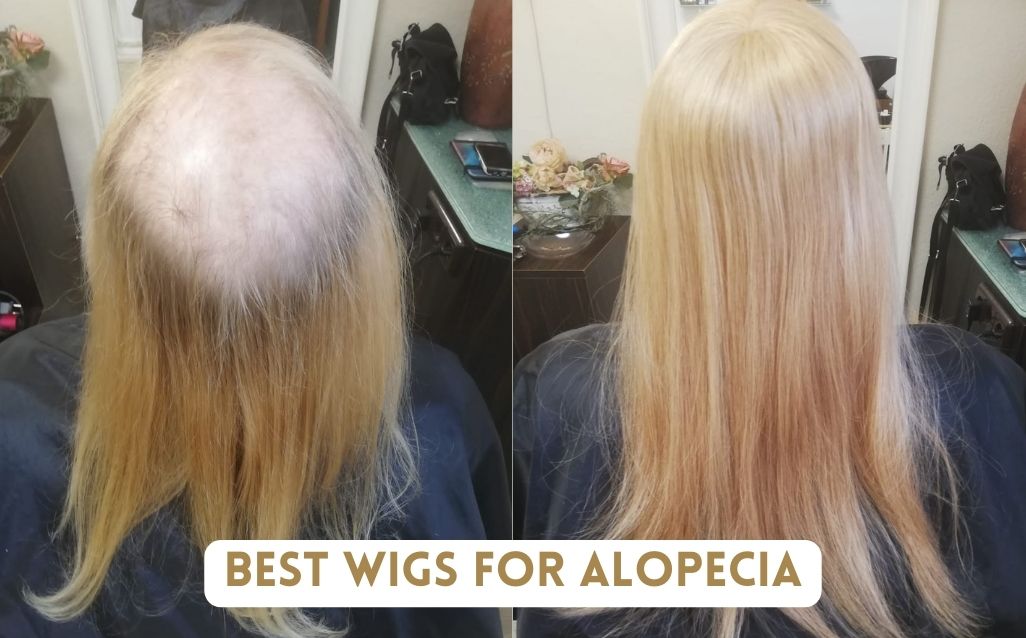Hair loss is a daily norm. Statistics show that we shed 50-100 hairs each and every day. However, to the most, excess hair loss will surely lead to anxiety. Common male or female pattern hair loss or baldness are symptoms caused by various factors. Before pinpointing the right remedy, a thorough examination of potential causes is crucial.
In this article, we’ll look at the leading causes of hair loss and some practical ways on how to stop hair falling out.

Cause of hair loss
Possible hair loss causes include:
1. Androgenetic alopecia
Androgenetic alopecia is another term for male or female pattern baldness. It is a very common cause of hair loss.
Both male and female pattern baldness is genetic. Males tend to lose hair from the temples and crown of the head whereas, in females, hair usually becomes thinner all over the head.

2. Pregnancy
Some women may experience excessive hair loss shortly after giving birth. This is due to a decrease in estrogen levels. This type of hair loss is a temporary condition and usually resolves itself within a year or sooner.
3. Telogen effluvium
Telogen effluvium is a condition where the hair remains in the telogen (natural shedding) phase of the growth cycle. This causes more hair to fall out, sometimes in handfuls.
4. Anagen effluvium
Anagen effluvium causes large amounts of hair to fall out rapidly during the anagen (growth) phase of the hair cycle.
The condition may cause hair to fall out from the head, as well as from other parts of the body, including the eyebrows and eyelashes.

5. Alopecia areata
Alopecia areata is an autoimmune condition that causes hair to suddenly fall out. The immune system attacks hair follicles, along with other healthy parts of the body.
Hair from the scalp, as well as eyebrows and eyelashes, may fall out in small chunks.
6. Traction alopecia
Traction alopecia is hair loss due to pulling hair into tight hairstyles, which causes it to break and come loose. Hairstyles associated with this condition include:
- tight buns or ponytails
- braids
- cornrows
- extensions
If traction alopecia continues, a person may develop bald spots and thin of the hair.

7. Medications
Certain medications have side effects that can cause hair to fall out.
Examples of such medications include:
- blood thinners, such as Warfarin
- Accutane, to treat acne
- antidepressants, including Prozac and Zoloft
- beta-blockers
- cholesterol-lowering drugs, such as Lopid
8. Nutritional deficiencies
Nutritional deficiencies can cause hair to fall out. Extreme diets that are too low in protein and certain vitamins, such as iron, can sometimes cause excessive hair shedding.
9. Birth control pills
People may experience hair loss while using birth control pills. Others might experience hair loss several weeks or months after they stop taking them.
10. Ringworm
Ringworm is a fungal infection that can cause hair loss. Ringworm on the scalp, or tinea capitis, can cause temporary bald areas on the head.
Symptoms include:
- a small spot that gets bigger, causing scaly, bald patches of skin
- brittle hair that breaks easily
- itchy, red patches of skin in the affected areas
- oozing blisters on the scalp
- ring-like patches, with a red outside and the inside of the circle matching the skin tone.
Once we know the reason for hair loss, we will be able to find the best way to solve the problem.
Hair loss treatment options:
Method 1. Medication
If your hair loss is caused by an underlying disease, treatment for that disease will be necessary. If a certain medication is causing the hair loss, your doctor may advise you to stop using it for a few months.

Medications are available to treat pattern (hereditary) baldness. The most common options include:
- Minoxidil (Rogaine). Over-the-counter (non-prescription) minoxidil comes in liquid, foam, and shampoo forms. To be most effective, apply the product to the scalp skin once daily for women and twice daily for men. Many people prefer foam and to apply it when the hair is wet.
Products with minoxidil help many people regrow their hair or slow the rate of hair loss or both. It’ll take at least six months of treatment to prevent further hair loss and to start hair regrowth. It may take a few more months to tell whether the treatment is working for you. If it is helping, you’ll need to continue using the medicine indefinitely to retain the benefits.
Possible side effects include scalp irritation and unwanted hair growth on the adjacent skin of the face and hands.
- Finasteride (Propecia). This is a prescription drug for men. You take it daily as a pill. Many men taking finasteride experience a slowing of hair loss, and some may show new hair growth. Again, it may take a few months to tell whether it’s working for you and you’ll need to keep taking it to retain any benefits. Finasteride may not work as well for men over 60.
Rare side effects of finasteride include diminished sex drive and sexual function and an increased risk of prostate cancer. Women who are or may be pregnant need to be very careful to avoid touching crushed or broken tablets that may be lying around.
- Other medications. Other oral options include spironolactone (Carospir, Aldactone) and oral dutasteride (Avodart).
Method 2. Hair transplant surgery
In the most common type of permanent hair loss, only the top of the head is affected. Hair transplants, or restoration surgery, can, therefore, make the most of the hair you have left.

During a hair transplant procedure, a dermatologist or cosmetic surgeon removes hair from a part of the head that has hair and transplants it to a bald spot. Each patch of hair has one to several hairs (micrografts and mini grafts). Sometimes a larger strip of skin containing multiple hair groupings is taken. This procedure doesn’t require hospitalization, but it is painful so you’ll be given a sedation medicine to ease any discomfort. Possible risks include bleeding, bruising, swelling, and infection. You may need more than one surgery to get the effect you want. Hereditary hair loss will eventually progress despite surgery.
Surgical procedures to treat baldness are not usually covered by insurance.
Method 3. Wear a Hairpiece Or Wig
Since there are so many potential problems with hair transplants you may wonder if there is a way to deal with hair loss quickly and safely. There is a way: hair units or human hair toupees.

Wearing hair replacement systems has many advantages:
1. They are very natural-looking and undetectable to the naked eye
2. A hair wig is easy to comb and you can easily change the hairstyle in a short amount of time without the help of others as you would with your own hair.
3. You can try a variety of different hairstyles to match different trends.
4. The price is much cheaper than hair transplants making them an affordable option for many people.
5. It can avoid the kind if damage caused by a perm, hair dye and traction alopecia.
So, you can see why wearing a hairpiece or wig is becoming more and more popular nowadays and why many see it as the best hair loss treatment for men and women. New Times Hair, is a professional hair replacement manufacturer and wholesaler with over ten years of experience. If you have any inquiries about hair systems, please feel free to contact us at info@newtimeshair.com.




